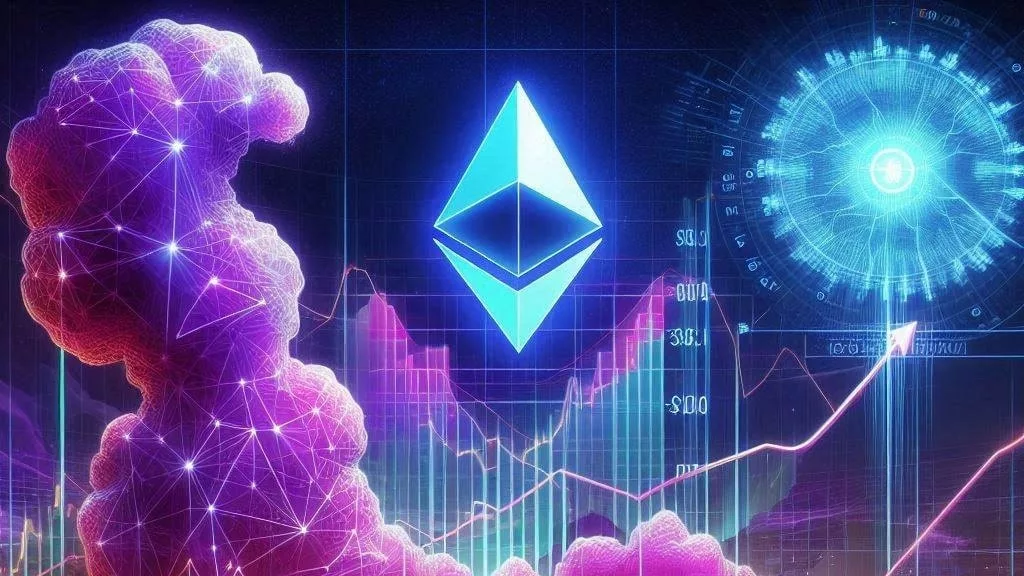
Stellar (XLM) has long been known for its price volatility, with sharp declines following periods of high “bubble risk.” The historical price trends of XLM suggest that its market cycles follow a consistent pattern, with large price drops after significant surges in its bubble risk oscillator. The question now is whether XLM’s current downtrend can be reversed, or if it is bound to follow its historical path.
Stellar’s price history has been marked by notable peaks and drastic drops. In 2017, XLM reached a high of $0.9, only to plummet to $0.1 by 2019 — a staggering 90% decline. Similarly, in 2021, XLM hit $0.7 before falling to $0.1 again by 2023. Most recently, in 2025, XLM surged to $0.4, but quickly fell back to $0.1, aligning with a spike in its bubble risk oscillator, which reached 0.808, indicating strong bearish momentum.
These patterns suggest that every time XLM experiences a significant rise, its bubble risk oscillator spikes above 0.5, signaling a higher probability of a decline. This has been the case for each of the major peaks in 2017, 2018, 2021, and now 2025. Each spike has been followed by a sharp decrease in price, underlining the asset’s volatile nature.
The Bubble Risk Oscillator tracks the potential for price bubbles, with values ranging from 0 to 1. Spikes above 0.5 indicate high bubble risk, and historically, these have been followed by sharp declines. In 2025, the spike in the oscillator to 0.808 suggests the possibility of a continued downtrend, but there is a potential for a reversal if the oscillator drops below 0.5 and stabilizes.
If XLM can maintain a price above $0.4, it may break free from its historical pattern of severe declines, entering a phase of stabilization or even a bullish trend. The key factor will be whether the bubble risk oscillator falls below the critical 0.5 mark and remains stable, signaling that the downtrend has exhausted itself.
The XLM Percentage Drawdown from All-Time High (ATH) chart reveals the extent of XLM’s price corrections. After its 2018 peak at $0.9, XLM suffered a massive 90% drop to $0.1 by 2019. A similar drop occurred in 2021, when XLM peaked at $0.7 before falling by 80% to $0.1 by 2022. The most recent surge in 2025, where XLM reached $0.4, was followed by an 84.5% decline, dropping back to $0.1.
These patterns underscore XLM’s volatility and its tendency to experience large price corrections after reaching significant peaks. A drop of -80% to -90% is typical for XLM, and this consistent behavior suggests the importance of price stabilization in reversing the current downtrend.
XLM’s liquidation heatmap offers insight into key liquidity zones and price fluctuations. At the time of writing, XLM’s price was at $0.263026, with significant liquidation leverage above $0.28. Dense clusters of liquidation risk were observed around $0.285 and $0.289401, indicating that a rise in price past these levels could trigger further liquidation events.
For investors looking for lower liquidation risk, the safest entry points appear to be between $0.262026 and $0.265, where there is minimal liquidation pressure. If XLM manages to break through $0.289401 with reduced liquidation pressure, it could signal the start of a bullish trend, making entries above $0.29 more viable for momentum traders.
XLM’s historical trends indicate continued volatility, with sharp corrections following spikes in the bubble risk oscillator. However, there is potential for recovery if the price stabilizes above key support levels and the bubble risk oscillator drops below 0.5. A sustained price above $0.4 and reduced volatility could signal the beginning of a reversal, breaking XLM’s pattern of steep declines.
While XLM has historically faced large drawdowns, the current market conditions could offer an opportunity for recovery if the right factors align. Investors should closely monitor the bubble risk oscillator, price levels, and liquidation pressure to assess whether XLM is poised for a reversal or if the downtrend will continue.



Get the latest Crypto & Blockchain News in your inbox.